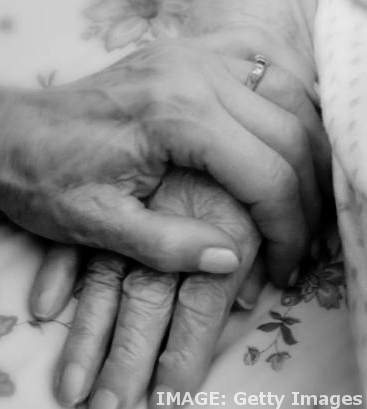Assisted dying steps assessed
 Experts have reflected on the challenges in translating Victoria’s voluntary assisted dying (VAD) laws into practice.
Experts have reflected on the challenges in translating Victoria’s voluntary assisted dying (VAD) laws into practice.
The state’s Voluntary Assisted Dying Act becomes operational on 19 June, triggering an 18-month implementation period.
The laws state that people seeking assistance to die from the medical profession must:
- be an adult with decision-making capacity resident in Victoria
- have an incurable disease, illness or medical condition that is advanced, progressive and expected to cause death within six months, or 12 months for neurodegenerative conditions
- be suffering from that condition which cannot be relieved in a manner that the person considers tolerable
- be seeking assistance to die voluntarily and without coercion
Eligible people can either be prescribed a VAD substance to administer themselves, or if they are physically incapable of doing so, a doctor can administer it.
But the experts say there is much work to be done over the next 18 months to translate these laws into clinical practice.
“A number of projects are underway to develop clinical guidance, models of care, medication protocols and training for doctors participating in VAD,” says Professor Ben White from the Australian Centre for Health Law Research.
“These will have major implications for doctors and other health professionals, including those who choose not to facilitate VAD as well as patients, hospitals and other health providers.”
Eliana Close, also from the health law centre, says converting legal standards into medical practice is a big challenge in health law and regulation.
“The VAD laws are complex with a rigorous and prescriptive process to ensure the complexity functions protectively as intended but, at the same time, does not unfairly prevent eligible people from accessing VAD,” Ms Close said.
“It is critical that key health and medical stakeholders, as well as people likely to seek VAD, are involved in designing how the regime operates.
“For example, doctors and other health professionals are prohibited from initiating VAD discussions with patients so clear guidance is needed on how to clinically implement this legal prohibition yet maintain meaningful end-of-life discussions with patients.”
Ms Close said a further challenge was supporting and managing conscientious objection.
“Some doctors will make a global decision about providing VAD and others will make case-by-case decisions depending, for example, on the patient or level of involvement sought.
“While the legal right to conscientiously object is clearly stated, the VAD law itself does not establish a framework for respecting conscience.”
The experts discuss the issues in detail in a new article for the Medical Journal of Australia.








 Print
Print